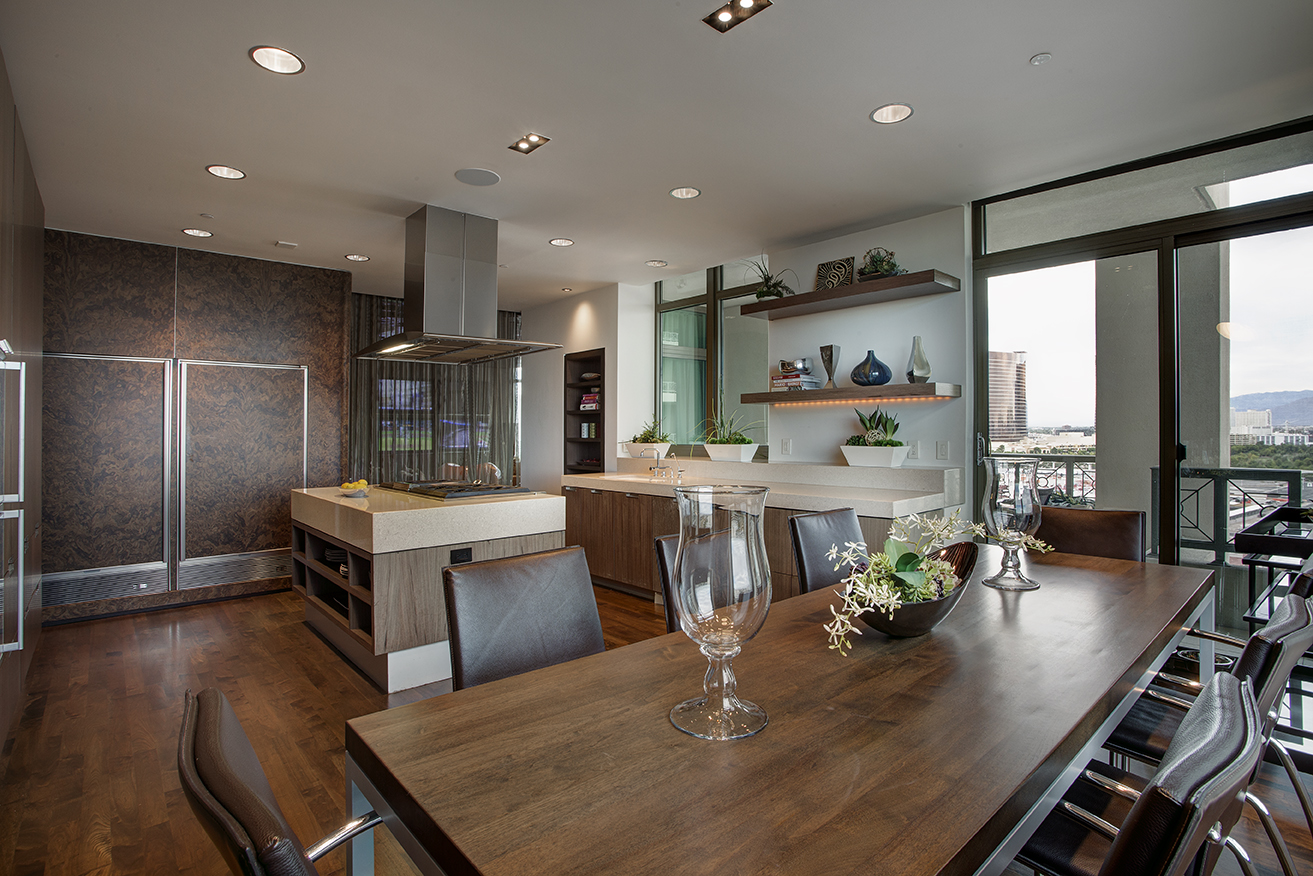Building Success 101
Q: What is an “insulated” window?
A: Modern windows are often referred to as “insulated” because of technology that retards, blocks, or slows the transfer of air through the unit. Most people are familiar with fiberglass or other types of insulation material in a wall cavity. In a window, the “insulation” is a combination of several factors. Most common are windows with at least two panes of glass enclosing a ‘dead’ airspace between them. The airspace may also be sealed to contain a clear, odorless gas (commonly argon), which is heavier than air and thus an even more effective insulator. Better yet, one or both inside surfaces of the glass can be permanently laminated with a clear coating that further retards thermal transfer and protects the home interior against solar heat gain and damaging ultraviolet
rays.
Failure to make timely decisions is the number one culprit behind schedule and cost overruns. Homeowners play a key role in preventing these problems.
Some homeowners find it a challenge to make their final selection of products and materials. It’s easy to see why—with practically limitless choices in countertops, fixtures, tiles, windows, and other products, it can be difficult to settle on one model, style, or color.
But decisions must be made at some point, and making those decisions in a timely manner is crucial to keeping the project on schedule and on budget. Indecision and delay can cause costs to rise dramatically.
Professional builders always include enough time in the schedule for homeowners to sort through these choices, but they also set firm deadlines for when each choice must be made. Those deadlines are based on how long it takes to obtain each item, and whether other work depends on the decision.
Take the example of windows and doors, where frame openings have to be sized to fit each particular model. If the homeowner chooses the windows after the framing is underway, that could mean going back and reframing openings. The same goes for decisions about plumbing fixture locations that would require the moving of pipes.
What about items that don’t affect infrastructure like framing or plumbing? The answer is that late selections anywhere can cause problems. Custom-made products like shower surrounds, cabinets, and countertops can have long lead times, so late selections can easily push the job past its original finish date. The same goes for decisions on flooring, paint colors, and landscaping.
The problem with extending the finish date is that time is money—every day the builder’s crew is on the job, expenses are adding up for labor and overhead (for example, items like the jobsite office, the perimeter fence, the power pole, and so on).
During those extra weeks and months, homeowners run the risk of paying the costs for two separate homes: the expense for the custom home that’s being built, as well as the mortgage payment for their current residence.
Savvy homeowners reduce this risk by working closely with the design team, made up of the architect, interior designer, and landscape architect. Selection problems are minimized when the homeowners and designers work closely together. The design team helps the homeowners to narrow the choices in models, styles, and color, and guides them to selections they will be happy with.
The most effective thing homeowners can do to ensure a smooth project is to work with the custom home builder and design team to make as many decisions as possible before work starts. Early selections eliminate a lot of stress and expense. The process of building a home requires a lot of decisions, and savvy homeowners help keep the project on track by meeting decision deadlines.
Warm Regards,
Steve Jones & Bart Jones
Merlin Custom Home Builders
6408 S. Arville Street
Las Vegas, NV 89118
702.257.8102 – Phone



